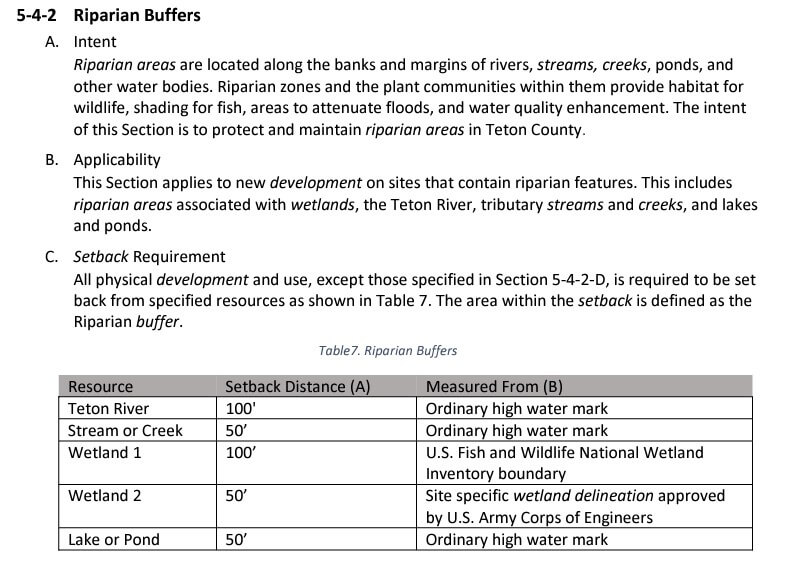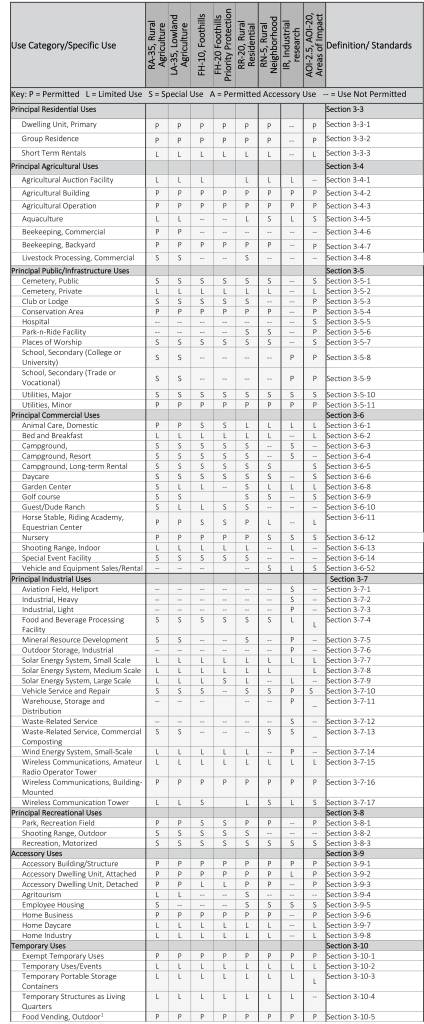“What are you going to do with all that money?” – and – “It’s a great time to be a real estate agent, eh?”
The past years’ standard introductory comment didn’t really bother me very much. It’s our job to make the process look easy, but the job does come with sacrifices. Sure, times can be great, but they can change fast. Not only do we have to prepare our customers and clients, but also ourselves. At any rate, it has been bitter sweet – kind of a double edged sword. I’ve always felt that I couldn’t have Teton Valley to myself, but change is tough.
2023 has been met with a continuation of the same challenges of late. It may not be a great time to be a real estate agent, but that doesn’t mean an unhealthy market. We seem to have weeded out the sellers with “make me move” prices, those aren’t realistic anymore. Prices in general are down, but certainly still above pre-pandemic levels and I think that’s probably here to stay. Buyers are waiting to see if interest rates come down, if prices come down, if the market changes. The question is; who caves first? With the market picking up over the last couple of weeks, early indications are pointing to buyers. Buyers do seem to have more control than we’ve seen over the past couple of years both in price negotiations and inspection negotiations, but I’m not sure if it’s a buyer’s market or seller’s market. It’s just a neutral market. Buyers still want in, but a lot of sellers don’t really want out. With inflation slowing things down, everybody seems pretty content, even me.
All right, now that we’ve had some fun, let’s look at the data. It may seem slow, but the numbers might surprise you:
| RESIDENTIAL Teton Valley & Alta 2019 – 289 sales Avg sales price: $456,043 Median price: $390,000 Days on market: 186 2020 – 406 sales Avg sales price: $610,953 Median price: $486,379 Days on market: 147 2021 – 370 sales Avg sales price: $915,978 Median price: $660,811.50 Days on market: 90 2022 – 299 sales Avg sales price: $1,013,331 Median price: $766,000 Days on market: 102 | LAND Teton Valley & Alta 2019 – 281 sales Avg sales price: $132,820 Median price: $70,000 Days on market: 355 2020 – 677 sales Avg sales price: $121,489 Median price: $85,000 Days on market: 280 2021 – 742 sales Avg sales price: $240,438 Median price: $160,000 Days on market: 157 2022 – 421 sales Avg sales price: $326,259 Median price: $200,000 Days on market: 136 |
***Source: Teton Board of Realtors



